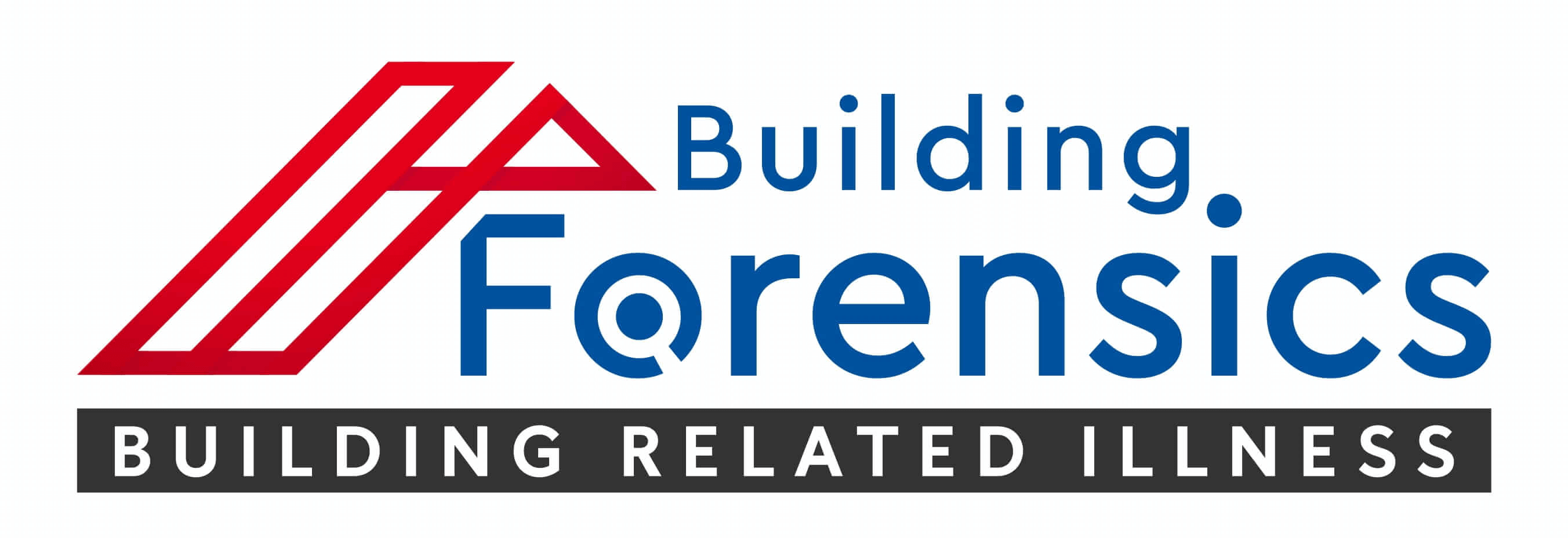Products and Services
Overview of Products and Services
We investigate properties to assess current or historic water damage and/or contamination issues, their causes, effects, and possible reservoirs. Our inspection includes thermal imaging, moisture measurement of substrates and air, and evaluation of environmental factors conducive to biological amplification. The final report provides conclusions and recommendations regarding causation, controls, remediation, or restoration. Investigations may incorporate robots, intrusive borescopes, and infrared and standard capture drones.
While an on-site inspection by a qualified Indoor Environmental Hygienist is the gold standard, we recognize that travel and time costs can be prohibitive. To address this, Building Forensics offers a remote, live home inspection using Zoom or Teams via the client’s mobile device (iPhone, iPad).
Clients receive loaned equipment and, under the guidance of a technician, take measurements and investigate areas of concern. This service is ideal for individuals experiencing building-related illnesses without visible signs of mold or water damage. A loan test kit for moisture measurement and air sampling is provided, along with biological and air sampling kits for DIY collection, which are then analyzed to complete a risk and hazard assessment with remediation recommendations.
Following an initial inspection, we identify high-risk areas for targeted biological or chemical sampling and analysis.
Common requirements include testing for:
- Mold (viable and nonviable)
- Mycotoxins
- Bacteria (gram-positive and gram-negative)
- Cyanobacteria (specifically Actinos)
- Chemical VOCs
Fast risk assessments are now available using the Enviroscope®, an AI-driven portable on-site lab providing instant results.
The term "decontamination" is often misunderstood and misused. At Building Forensics, we identify risks and hazards and provide clients with tailored risk reduction options that align with their budget and health requirements.
4.1 Whole House Risk Reduction
We use a two-pack oxidation protocol developed for military use. An atomised oxidising chemical disperses 400,000 droplets per cubic metre to fill the property, with an 18-hour dwell period during which entry is strictly prohibited without full PPE.
4.2 Low-Risk/Cost Whole House Risk Reduction
This budget-friendly, safe process is ideal for individuals unable to vacate their homes. Using dry-fogged Hypochlorous Acid, a body-safe sanitising agent, this method provides essential biological risk reduction without achieving major health risk mitigation.
4.3 Whole House Air Cleaning
This method, developed for the Dr. Shoemaker Protocol, is the only known medically recognised risk reduction process. Soluble salt aerosolisation causes airborne particulates, spores, and hyphal fragments to cluster. A subsequent wetting agent is absorbed by the salt, making contaminants too heavy to remain airborne. Over two hours, contamination precipitates onto surfaces, forming a temporary glycerine film that must be removed within five days to prevent re-aerosolisation.
Many individuals suffer from symptoms that conventional medicine misdiagnoses, leading to chronic health issues. Jeff Charlton, lead Environmental Hygienist at Building Forensics, has over 30 years of experience in this field, has trained with top mould specialists in the USA, and co-authored a peer-reviewed consensus document with Dr. Shoemaker.
5.1 Expertise and Personal Experience
While not medically qualified, Jeff has successfully recovered from severe building-related illness that initially left him misdiagnosed with heart attacks, strokes, and brain bleeds due to mould exposure.
5.2 Support Offered:
- Self-test and health survey of symptoms
- How to identify or confirm body contamination
- Matching environmental contamination to bodily exposure
- Assessment of brain fog and Chronic Inflammatory Response Syndrome (CIRS)
- Confirming possible exposure sources
- Identifying suitable healthcare professionals
- Safe and low-cost risk reduction strategies
Brain fog is a major marker of inflammation, which can also contribute to conditions such as:
- Alzheimer’s Disease
- Parkinson's Disease
- Dementia
Chemical agents can breach the once-thought-impenetrable Blood-Brain Barrier, often through volatile organic compounds from substrates or biological activity. The World Health Organization (WHO) states that dead mould fragments increase exposure risk 40-fold compared to whole live spores, as sub-micron particles (
6.1 Measuring Brain Inflammation
We use a 50-year-old visual contrast sensitivity (VCS) test, originally developed by the Royal Air Force to assess pilot brain function.
The test is conducted at Jeff's house in a controlled, clean-air environment:
- Initial VCS test to establish baseline brain function.
- Exposure to purified air for one hour while watching TV.
- Retaking the VCS test to assess brain inflammation reduction.
Key takeaway: This test does not provide a diagnosis but can help pinpoint potential environmental causes of symptoms. This evidence may lead to an investigation of possible exposure sources.



